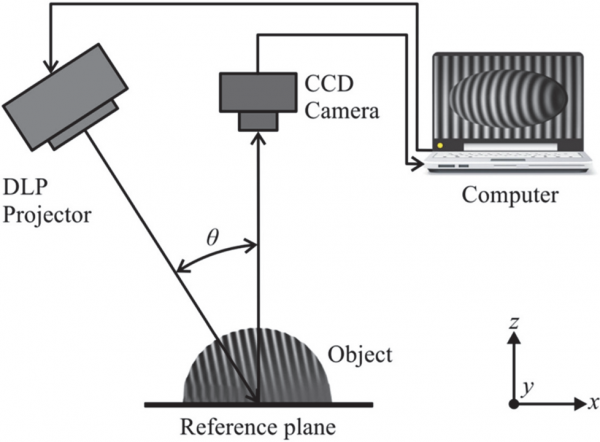Applications of Machine vision
Machine vision is a very wide area, encompassing practically any system that uses a camera and processing unit to perform an inspection or measurement task. The hardware is typically off-the-shelf components (e.g., telecentric camera) with potentially custom software written to control the devices. The systems help automate processes, speed up manufacturing, and increase yield by replacing a task done by a human that can fatigue and make mistakes.
Surface defect inspection
Machine vision systems have become widely used in production environments for their automation of an operator’s manual inspection process. Such systems can be used to quantify the geometric dimensions of mechanical features [12].
More recently, machine vision has been applied to the assessment of optical surface quality (scratch dig), typically a task performed by an expert operator.
The automation of surface quality inspection affords a repeatable and standardized assessment at the cost of single-purpose systems that may not catch all defects. A further method to increase the dynamic range of such an inspection technique makes use of sub-aperture stitching, resolving finer details but requiring multiple images.
Alignment using photogrammetry
Photogrammetry is a technique that makes use of calibrated camera and test targets in order to perform dimensional metrology and has been applied to the alignment of the James Webb Space Telescope (JWST) hardware in a vacuum environment. Careful assessment and simulations of the photogrammetry system showed that uncertainties on the order of 0.1 mm were possible, and were achieved during testing, demonstrating this technology for the use of coarse alignment of large-scale optical components and opto-mechanical structures.
Practical tips
Machine vision cameras require careful calibration prior to operation for accurate results, which can be cumbersome due to the software and device firmware communication. Machine vision is also a robust and large field, and there are a great variety of calibration methods that have been discovered, allowing for calibration with standards, without standards, and simply via motion of the camera itself in some known and repeatable way. For custom-built machine vision systems, the reader is strongly encouraged to do thorough reading on calibration methods.

